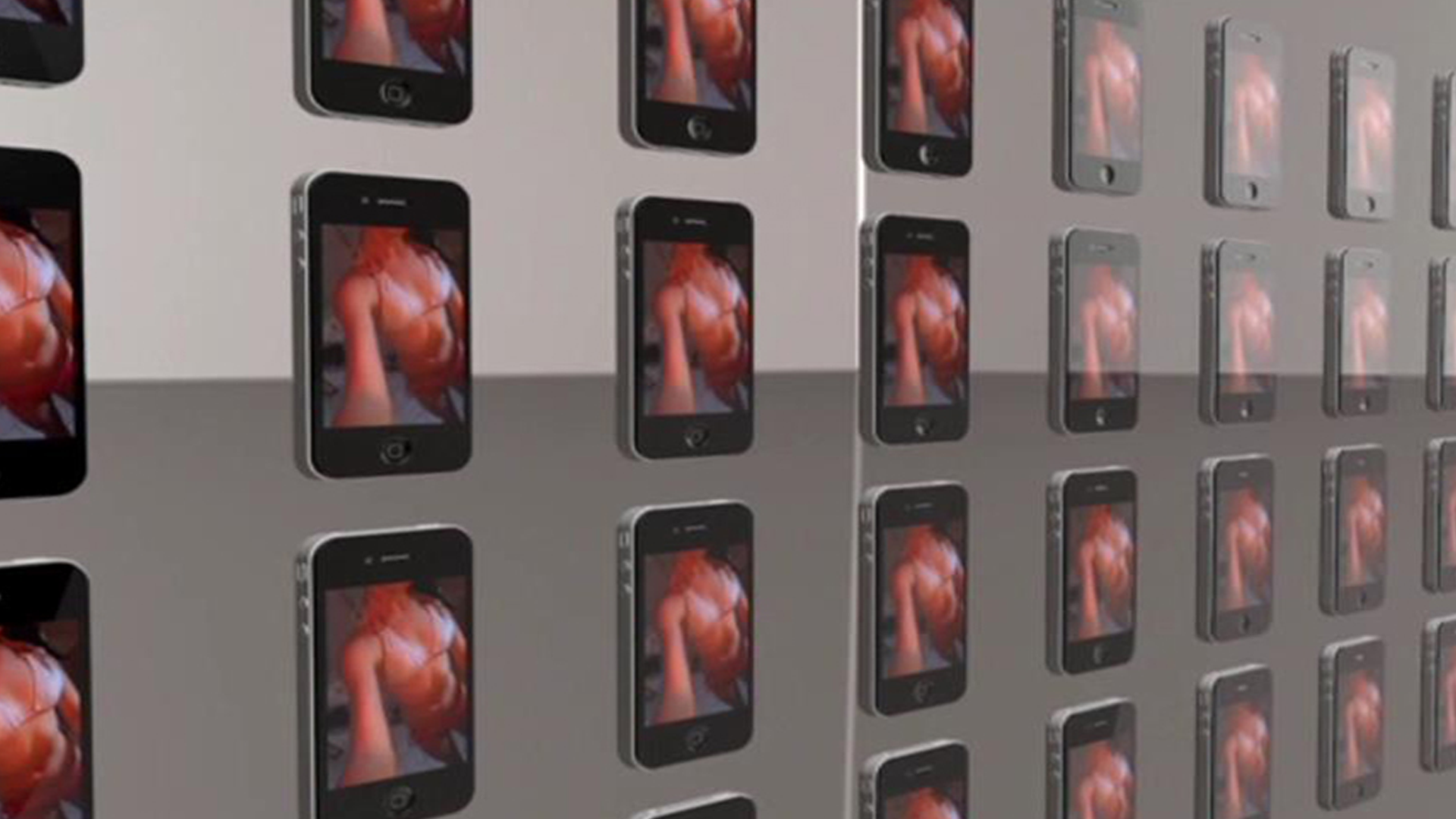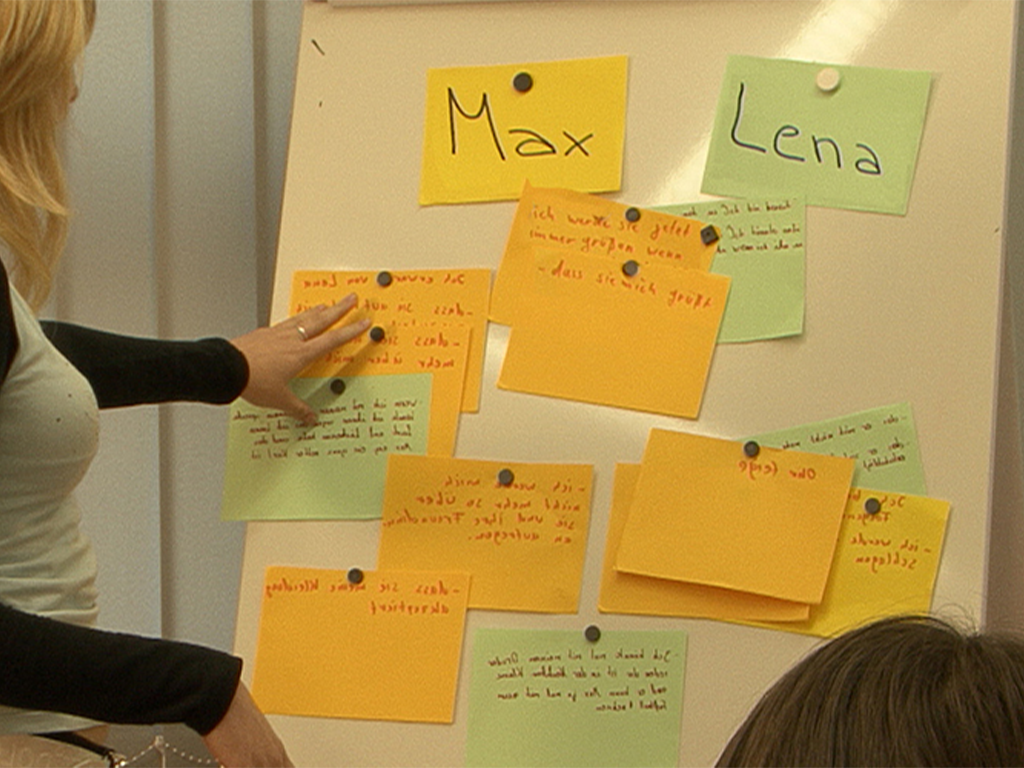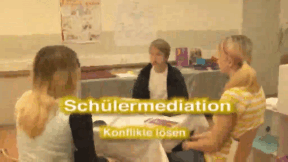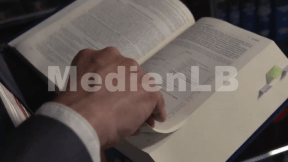 Gesellschaft
Gesellschaft


4671638 / 5561461
Sexting
Jugendlicher Leichtsinn
„Sexting“ ist eine Kombination aus „Sex“ und „Texting“, dem englischen Begriff für „SMS-Schreiben“. Und Sexting ist in Deutschland angekommen – in einem Ausmaß, mit dem kaum einer gerechnet hat. Viele Jugendliche leiden unter dem Leichtsinn, mit dem sie ein intimes Foto versendet haben und dies dann ohne Kontrolle weiterverbreitet wurde. Ist ein derartiges Foto einmal im Netz, kann es nicht wieder zurückgenommen werden. Viele Opfer leiden unter heftigen Mobbingaktionen. Mit den daraus resultierenden psychologischen Schäden kämpfen viele ihr Leben lang, wenn sie denn überhaupt mit dieser Last leben können. Es gibt mittlerweile viele Jugendliche, wie die 15-jährige Amanda Todd, die aufgrund dessen Suizid begehen. Der Film zeigt die Folgen des Phänomens „Sexting“ auf, die den Jugendlichen meist gar nicht bewusst sind. Er soll ihnen die Augen öffnen dafür, was passieren kann und welche kurz- und langfristigen Konsequenzen unüberlegtes Handeln auf diesem Gebiet haben kann. Gemeinsam mit dem umfangreichen Begleitmaterial im Datenteil ist die DVD bestens zum Einsatz im Unterricht geeignet.
Trailer abspielen

Lehrplanzentral und an den Bildungsstandards orientiert
Passend dazu
Peer Mediation
Lena and Max attend the 7th form. Max is new in class. During a break, Max notices that Lena and her friend are laughing at him again. Max loses his temper! He slaps Lena in the face. That hurts and Lena runs back into the classroom with a red cheek. The growing conflict between the two has escalated. Just like Lena and Max, every day pupils all over Germany have rows with each other. At the Heinrich Hertz Gymnasium in Thuringia, pupils have been trained as mediators for years. At set hours, they are in a room made available by the school specifically for mediation purposes. The film describes the growing conflict between Max and Lena and shows a mediation using their example. In doing so, the terms “conflict” and “peer mediation” are explained in a non-technical way. The aims of peer mediation and its progress in five steps as well as the mediators’ tasks are illustrated. The art of asking questions and “mirroring”, which the mediators must know, is described and explained. Together with the comprehensive accompanying material, the DVD is a suitable medium to introduce peer mediation at your school, too.










